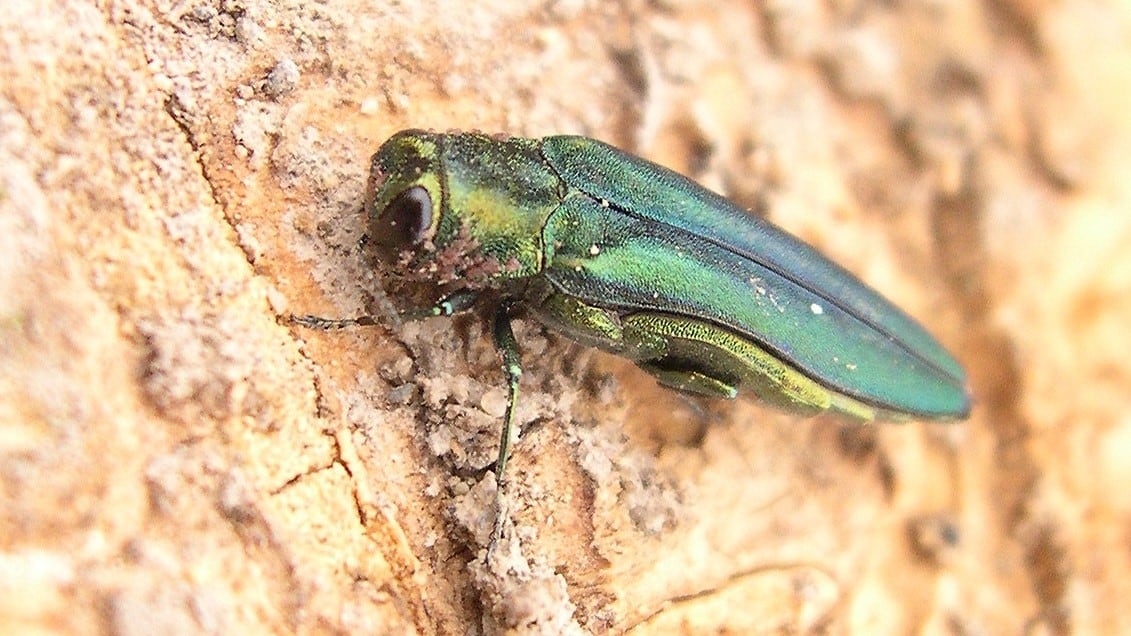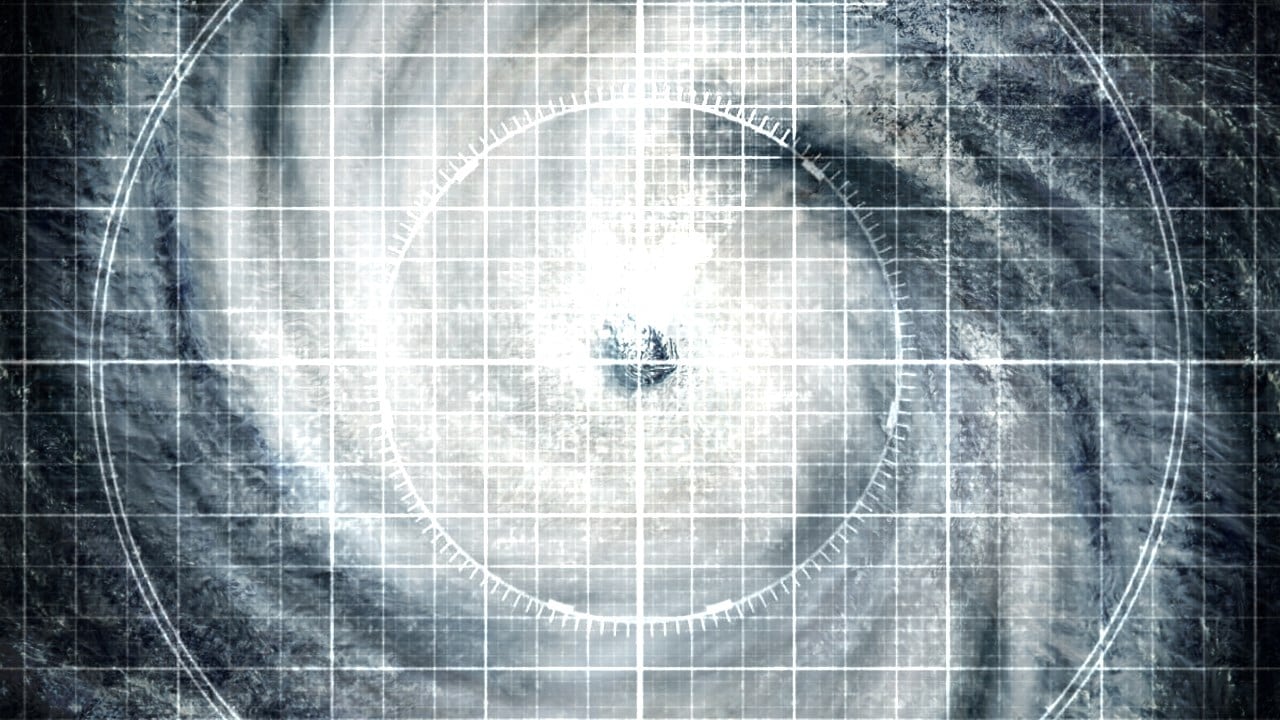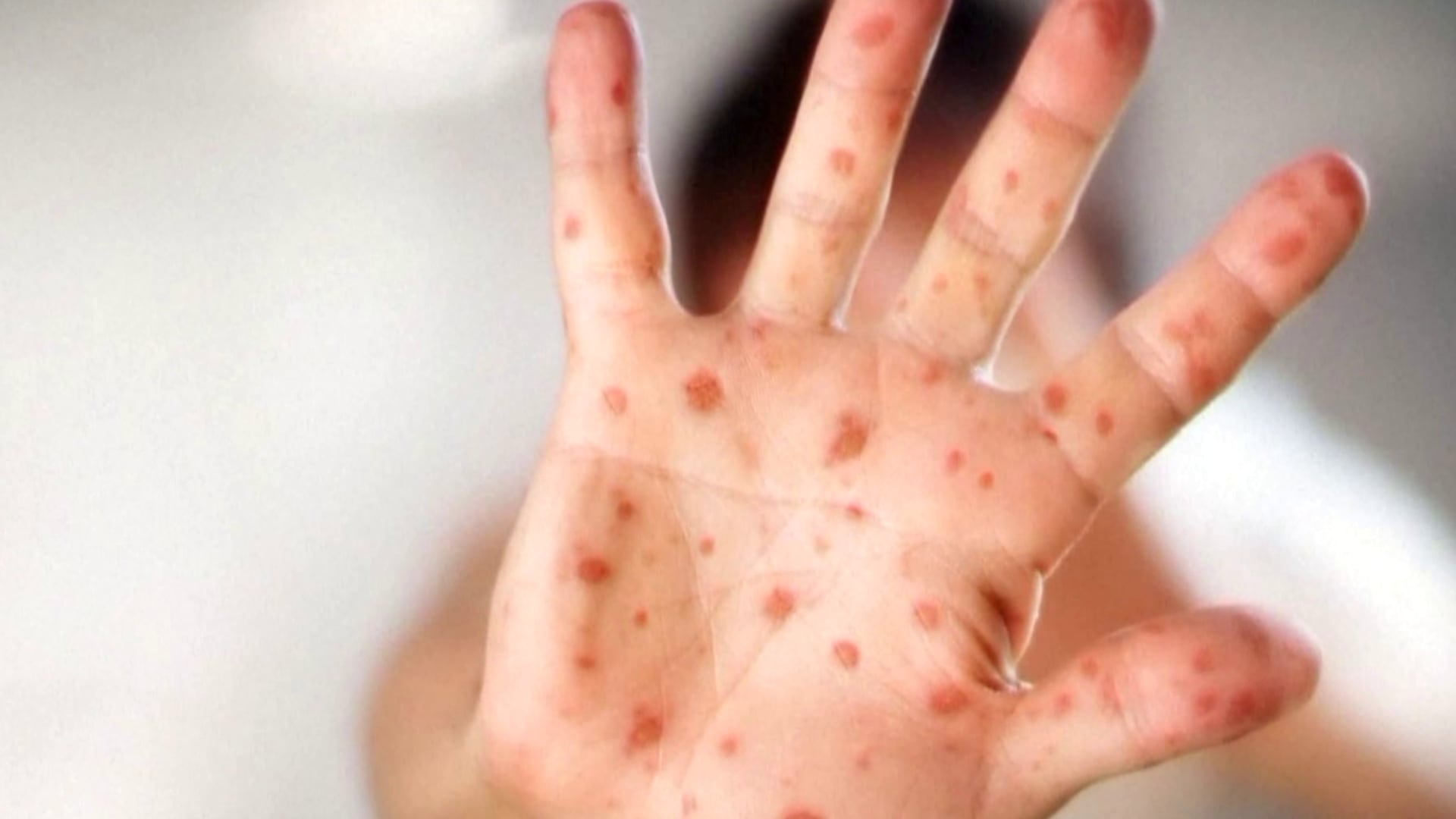SAFETY ALERT: It’s snake season – What if you run into one?
MARTINEZ, Ga. (WRDW/WAGT) - With rising temperatures, you may start to see more snakes in the CSRA.
You may also start seeing more of them because they like things like wood and brush piles – just the kind of debris that’s still around in many places, months after Hurricane Helene.
that only a few of the 47 species native to Georgia are venomous, and only one – the copperhead – usually thrives in more heavily populated areas. So that’s the one you’re most likely to cross paths with.
Helene debris spawns boom of disease-carrying mosquitoes
With the summer already underway, the rain and warmer temperatures can make the perfect combination for mosquito populations to skyrocket.

Venomous ones include the copperhead, pigmy rattlesnake, timber rattlesnake, cottonmouth, eastern diamondback rattlesnake and eastern coral snake.
Non-venomous snakes such as scarlet kingsnake, eastern hognose and watersnake species are frequently confused with their venomous counterparts – coral snakes, rattlesnakes and water moccasins, respectively.
LEARN MORE
Snakes: Insights on slithering reptiles in our region

- Nonvenomous snakes such as scarlet kingsnake, eastern hognose and watersnake species are frequently confused with their venomous counterparts – coral snakes, rattlesnakes and water moccasins, respectively.
- Although pit vipers are often identified by their broad, triangular-shaped heads, many nonvenomous snakes flatten their heads when threatened, which can make their heads appear triangular.
- While some snakes eat rodents and even venomous snakes, others prey on creatures some Georgians also may not want near their homes. Brown and red-bellied snakes, for example, feed on snails and slugs, the bane of gardeners. Crowned snake species primarily eat centipedes.
- To reduce the potential for snakes near your home, remove brush, log piles and other habitat features that attract mice, lizards and other animals on which snakes prey.
One of the worst invasive species in a lifetime infesting S.C.
A green pest that's native to China is being called the most invasive forest pest of our generation – and it’s attacking trees in South Carolina.

Tips from experts
- First, do not attempt to handle the snake. Give it the space it needs.
- If you want to identify it, do so from a distance. Resources such as https://georgiawildlife.com/georgiasnakes, which includes DNR’s “Venomous Snakes of Georgia” brochure, can help.
- If a clearly identified venomous snake is in an area where it represents a danger to people or pets, visit https://georgiawildlife.com/preventing-wildlife-conflicts for a list of private wildlife removal specialists. Most bites occur when a snake is cornered or captured and defending itself.
What if one bites you?
- Don’t put ice on the affected area, even if it swells because ice can make the venom move faster through your system.
- Don’t take pain medications. That way when you get to urgent care, your doctor can better evaluate your body’s reaction to the bite and better determine whether you need antivenom treatment.
- To avoid a trip to the doctor, avoid snakes in the first place.
Here are some hurricane season basics from state officials
Now that the new hurricane season is here, officials are reminding the public how to prepare – although local residents probably don’t need any reminding.

We went out to the Reed Creek Nature Center to learn what you need to do if you come across a snake.
Corn snakes, like many native snakes, feed on small rodents, birds and other snakes.
We spoke with environmental educator Kathryn Degelman, who says when you come across a snake, the odds are that they are just as afraid of you as you are of them.
It’s also important to keep an eye out for where you might find these kinds of snakes.
“So, finding snakes in your home might be a little tricky. These guys are creatures of habit. They like small, dark, enclosed spaces, so they will find the holes before you even realize they are there. Oftentimes, people actually come across their sheds versus them. Spaces like crawl spaces, holes and foundations. So, a good way to keep them away from your property or to keep an eye out for them is to watch for any small holes, cracks or crevices,” said Degelman.
She also says to make sure you check your mailbox completely before just sticking your hand in it.
5th measles case confirmed in Georgia, state health officials say
A fifth measles case in the ongoing outbreak has been discovered in the Peach State, the Georgia Department of Public Health said Friday.

But what if you happen to get bit by one that is venomous?
“If you should have an in-venation event, the most important thing is to keep calm. Take off any restrictive clothing like bracelets, tight shirts, belts, things like that, and then seek medical attention as soon as you’re able to. Nothing in the United States in this area is potent enough unless you are at extreme risk or very young or very old. You should have enough time to get medical attention. It’s really just going to hurt and sting,” said Degelman.
Now, this is a rare occasion, according to Degelman.
She says that most bites are at the ankle from people walking and accidentally stepping on them or getting close enough to spook them.
Copyright 2025 WRDW/WAGT. All rights reserved.













